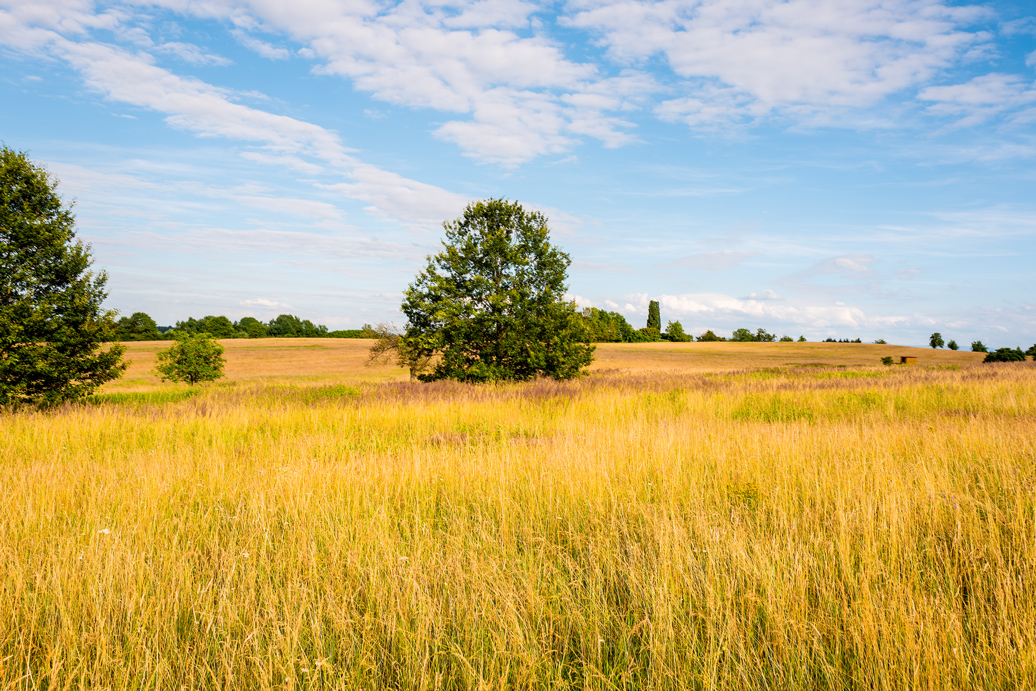In the summer, an excursion into the heart of the Bienwald begins with a typical sound: Psss! Psss! Psss! It sounds like a modern piece of chamber music for spray cans. And it’s true: only the uninformed dare to enter the 12,000 hectare forest in the south of the Palatinate region without first spraying insect repellent on themselves.
“There are tours which I prefer to guide in March,” the certified nature and landscape guide Norbert Rapp confesses – and at once goes on to explain the cause of the trouble with the mosquitoes. The many little brooks, streamlets and wetlands covered with alder trees in this unique forest. “When this area floods again,” Norbert Rapps tells his colleague Michaela Stöhr, “it will look a bit like we were somewhere in the Everglades!”

However, once you have made it into the Palatinate Everglades, your mind will no longer be focused on those little stinging insects buzzing–not when Heidrun Knoch, first chairperson of the Bienwald nature guides, starts one of her truly creative tours. There are “Natural Historical Homoeopathic Tours”, or tours for criminal investigative minds like the “Arsenic and Common Spindle” tour about wild plants, or even others that focus on otherwise unknown herbs like the “Würzwisch” tour, about the herbs used on Assumption Day, or a historical tour like “Nature conquers the ‘Westwall’ (Siegfried Line).”
Restricted area with a clearing
Once you have seen how the little brooks of the Palatinate Forest turn the forest into a swamp and imagined how the Rhine in the past merrily and yet also churlishly meandered from here to there, it is easy to understand that there was no way for our early ancestors to even think of permanent settlements in the Bienwald area.

In spite of a few burial mounds, and what is presumed to be fortifications, Celtic and of course Roman remnants, the Bienwald is not able to compete with the land cultivated and settled by man since prehistoric times–and neither does it want to be, nor does it have to. It looks after its unique characteristics in a different way. That masses of water have great difficulty draining off, is due in no small part to the thick layers of marl and clay underground, which were very useful to the Romans for producing the fine “Terra Sigillata” tableware in Rheinzabern.
Yet, there is no shortage of history. War-related finds from the distant past through the most recent history point to permanent conflicts between the Germans and the French. One of the most striking places nature guides frequently head to is the “Rodungsinsel Büchelberg,” a clearing located almost exactly in the middle of the forest. Tours typically arrive by bike to navigate the not entirely insignificant distances.









